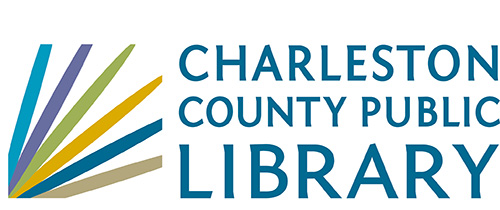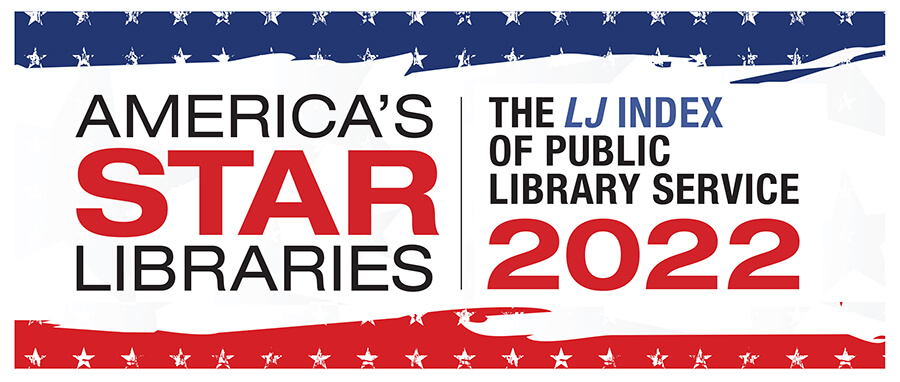Menu
×
Folly Beach Library
9 a.m. - 5:30 p.m.
Phone: (843) 588-2001
Edgar Allan Poe/Sullivan's Island Library
Closed for renovations
Phone: (843) 883-3914
West Ashley Library
9 a.m. - 7 p.m.
Phone: (843) 766-6635
Wando Mount Pleasant Library
9 a.m. - 8 p.m.
Phone: (843) 805-6888
Village Library
9 a.m. - 6 p.m.
Phone: (843) 884-9741
St. Paul's/Hollywood Library
9 a.m. - 8 p.m.
Phone: (843) 889-3300
Otranto Road Library
9 a.m. - 8 p.m.
Phone: (843) 572-4094
Mt. Pleasant Library
9 a.m. - 8 p.m.
Phone: (843) 849-6161
McClellanville Library
9 a.m. - 6 p.m.
Phone: (843) 887-3699
Keith Summey North Charleston Library
9 a.m. - 8 p.m.
Phone: (843) 744-2489
John's Island Library
9 a.m. - 8 p.m.
Phone: (843) 559-1945
Hurd/St. Andrews Library
9 a.m. - 8 p.m.
Phone: (843) 766-2546
Miss Jane's Building (Edisto Library Temporary Location)
9 a.m. - 4 p.m.
Phone: (843) 869-2355
Dorchester Road Library
9 a.m. - 8 p.m.
Phone: (843) 552-6466
John L. Dart Library
9 a.m. - 7 p.m.
Phone: (843) 722-7550
Baxter-Patrick James Island
9 a.m. - 8 p.m.
Phone: (843) 795-6679
Main Library
9 a.m. - 8 p.m.
Phone: (843) 805-6930
Bees Ferry West Ashley Library
9 a.m. - 8 p.m.
Phone: (843) 805-6892
Mobile Library
9 a.m. - 5 p.m.
Phone: (843) 805-6909
Today's Hours
Folly Beach Library
9 a.m. - 5:30 p.m.
Phone: (843) 588-2001
Edgar Allan Poe/Sullivan's Island Library
Closed for renovations
Phone: (843) 883-3914
West Ashley Library
9 a.m. - 7 p.m.
Phone: (843) 766-6635
Wando Mount Pleasant Library
9 a.m. - 8 p.m.
Phone: (843) 805-6888
Village Library
9 a.m. - 6 p.m.
Phone: (843) 884-9741
St. Paul's/Hollywood Library
9 a.m. - 8 p.m.
Phone: (843) 889-3300
Otranto Road Library
9 a.m. - 8 p.m.
Phone: (843) 572-4094
Mt. Pleasant Library
9 a.m. - 8 p.m.
Phone: (843) 849-6161
McClellanville Library
9 a.m. - 6 p.m.
Phone: (843) 887-3699
Keith Summey North Charleston Library
9 a.m. - 8 p.m.
Phone: (843) 744-2489
John's Island Library
9 a.m. - 8 p.m.
Phone: (843) 559-1945
Hurd/St. Andrews Library
9 a.m. - 8 p.m.
Phone: (843) 766-2546
Miss Jane's Building (Edisto Library Temporary Location)
9 a.m. - 4 p.m.
Phone: (843) 869-2355
Dorchester Road Library
9 a.m. - 8 p.m.
Phone: (843) 552-6466
John L. Dart Library
9 a.m. - 7 p.m.
Phone: (843) 722-7550
Baxter-Patrick James Island
9 a.m. - 8 p.m.
Phone: (843) 795-6679
Main Library
9 a.m. - 8 p.m.
Phone: (843) 805-6930
Bees Ferry West Ashley Library
9 a.m. - 8 p.m.
Phone: (843) 805-6892
Mobile Library
9 a.m. - 5 p.m.
Phone: (843) 805-6909
Patron Login
menu
Item request has been placed!
×
Item request cannot be made.
×
 Processing Request
Processing Request
Changing Media and Changing Political Organization: Delegation, Representation and NewsI wish to thank Henry Kim, Samuel Kernell, Karen Ferree, Michael Schudson, James Hamilton and Matthew Baum for their suggestions. I have benefited from support by the 21st Century Committee on Excellence program, Graduate School of Law and Politics, University of Tokyo.
Item request has been placed!
×
Item request cannot be made.
×
 Processing Request
Processing Request
- Author(s): SAMUEL L. POPKIN
- Source:
Japanese Journal of Political Science; Apr2007, Vol. 8 Issue 1, p71-93, 23p- Subject Terms:
- Source:
- Additional Information
- Abstract: This article examines the ways that new communications technologies change the organization of politics as well as the content of news. Changes in the media lead to changes in the mediators, the persons who choose and interpret the news for the public. When new mediators convey different news stories or offer different interpretations from the previous regime, they redistribute control of politics and culture.As media get cheaper, faster and harder to control, state regulation of content becomes less effective. This provides new opportunities for citizens to monitor their leaders and alters the ways that leaders – whether they are democratic or authoritarian – demonstrate accountability.Political leaders are always trying to control the agenda by limiting information available to the public and convincing the public that they know more and know best. New forms of media, such as the commercial television, cable and satellite television, and the internet change political competition by providing new opportunities for insurgent politicians to challenge their elders. I consider these changes within the context of past innovations, including the rise of the printing press, the telegraph, the newspaper, and radio. [ABSTRACT FROM AUTHOR]
- Abstract: Copyright of Japanese Journal of Political Science is the property of Cambridge University Press and its content may not be copied or emailed to multiple sites or posted to a listserv without the copyright holder's express written permission. However, users may print, download, or email articles for individual use. This abstract may be abridged. No warranty is given about the accuracy of the copy. Users should refer to the original published version of the material for the full abstract. (Copyright applies to all Abstracts.)
- Abstract:
Contact CCPL
Copyright 2022 Charleston County Public Library Powered By EBSCO Stacks 3.3.0 [350.3] | Staff Login


No Comments.